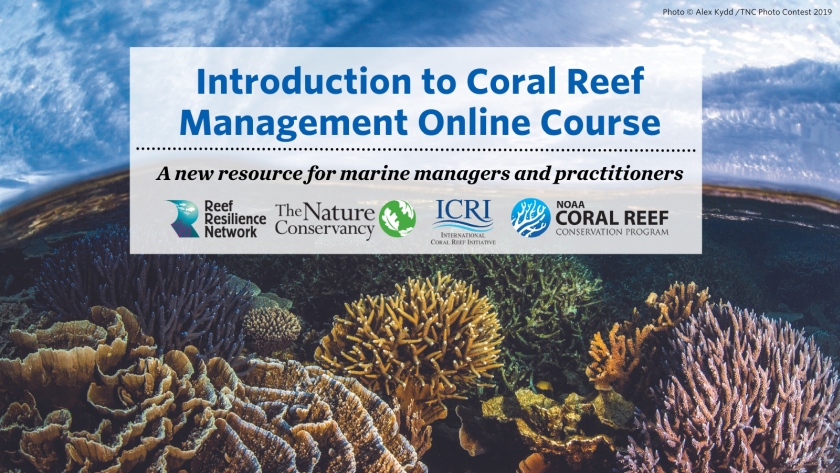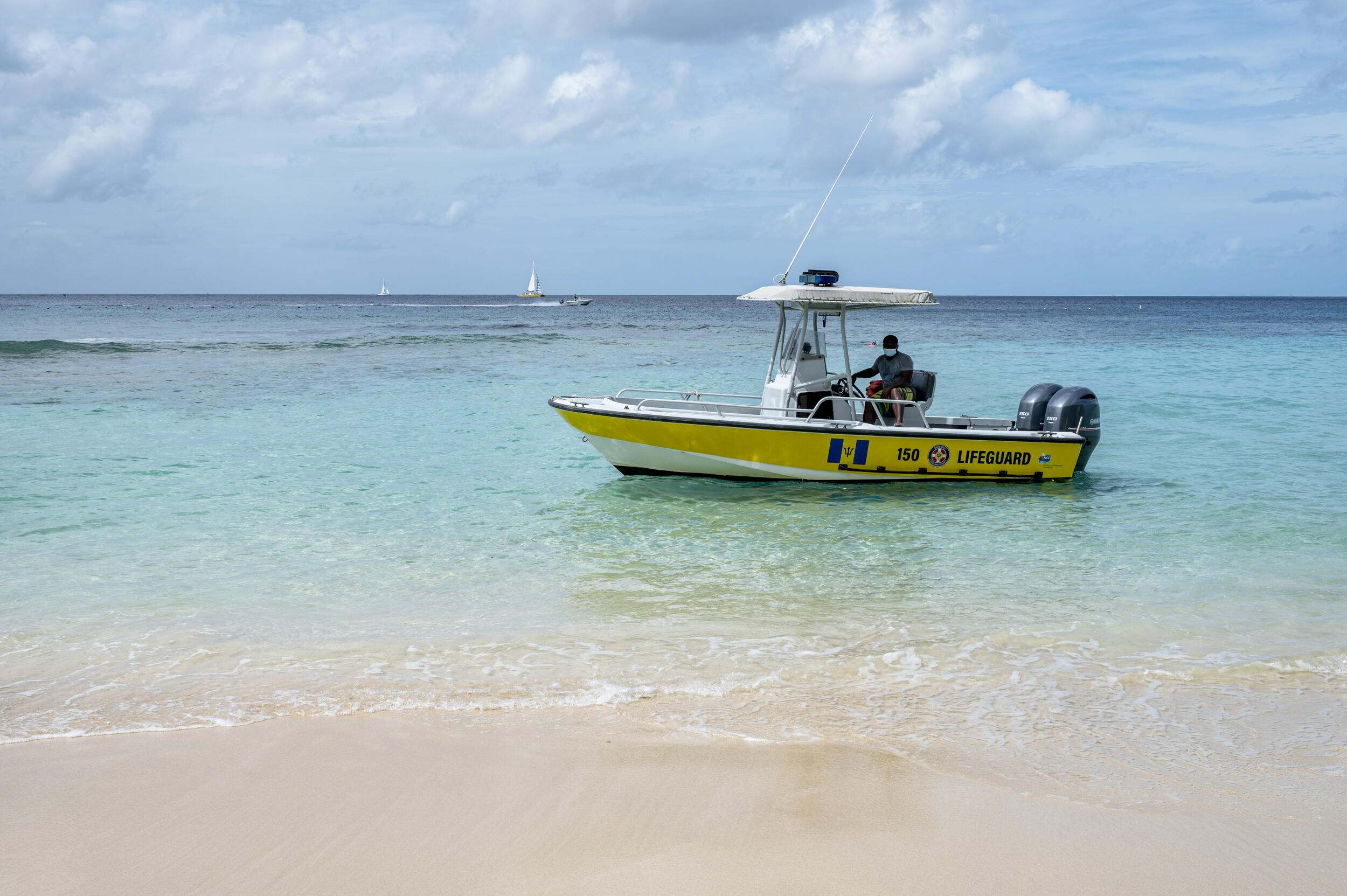This paper investigated the impact of heavy metals and hydrocarbons from sewers on meiofaunal diversity. These land-based contaminants are typically from industrial wastewater but their hazard is compounded in combination with sewage. This study sampled sites at varying distances from sewage outfall pipes in multiple directions to determine how different dilution patterns impact meiofauna. The hypothesis that diversity and abundance would be influenced by disturbance, measured in proximity to pollution, was not shown to be statistically significant. The sewers presented inconsistent data, though the known positive relationship between nematodes and sewage was present. This is likely due to nematode’s tolerance of heavy metals and may not be indicative of their tolerance to sewage pollution. This study draw attention to the need for improved understanding about how multiple sources of land-based pollution interact to influence threats to the marine environment. Meiofauna can be used as a bioindicator of pollution in the ocean through simple observational measurements.
Authors: Bertocci, I., A. Dell’Anno, L. Musco, C. Gambi, V. Saggiomo, M. Cannavacciuolo, M. Lo Martire, A. Passareli, G. Zazo, and R. Danovaro
Year: 2019
View Full Article
Science of The Total Environment 655: 1218-1231. doi:10.1016/j.scitotenv.2018.11.121


